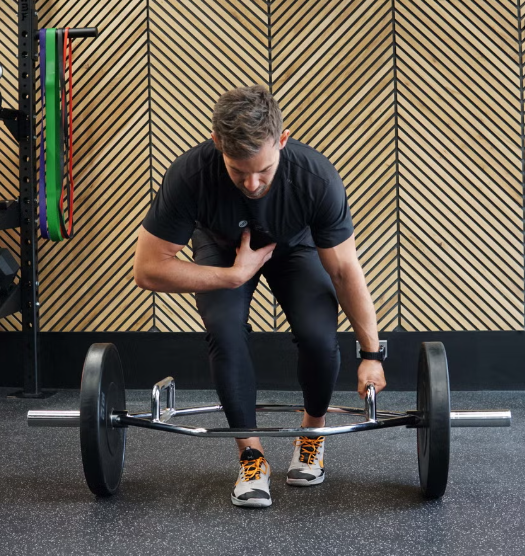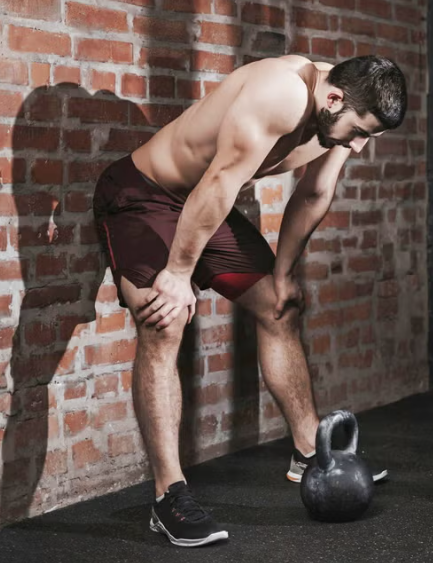
Understanding Proper Programming for Strength: Answering Key Questions
In my previous article about strength training programming, I touched on several key points regarding how to structure a program to maximize strength. After the article was published, I received some great follow-up questions that are worth addressing. These questions dig deeper into some important concepts, especially in relation to Prilepin’s chart, and how to program effectively for athletes in different sports.
The first question that came up was about how training volume relates to Prilepin’s chart. For those unfamiliar with it, Prilepin’s chart is a guide for volume and rep schemes at various intensities. It was created by Alexander Prilepin, the coach of the USSR weightlifting team in the 1970s and 1980s, based on his research on the optimal number of reps for different intensities. Louie Simmons later brought this concept into the powerlifting community, and it has since become a foundational tool in programming for strength athletes.
However, it’s important to note that while I do use Prilepin’s chart, I treat it as a guideline, not a strict rule. The chart was initially designed with weightlifting in mind, and there’s a key difference between weightlifting and powerlifting: bar speed. In weightlifting, bar speed is a critical component, especially for the clean and jerk or snatch. However, in powerlifting, speed isn’t as crucial. Powerlifting focuses more on slow, controlled strength. If we attempt to move too quickly during the squat, bench press, or deadlift, we risk altering the bar path, which is counterproductive. The goal is to execute each rep with smooth, powerful control, no matter the weight.
In weightlifting, maximal bar speed is essential to maximize the power produced, but in powerlifting, we are aiming for maximal intent with slower, more controlled movements. This is why speed work, like what’s popularized by Westside Barbell with bands and chains, isn’t always necessary for powerlifting. Instead, we use maximal intent to move the weight, which develops the nervous system and muscle fibers effectively, while still adhering to the overload principle that ensures strength development.
Now, back to Prilepin’s chart. While I still consider it a useful tool when writing programs, it’s not something that should be followed blindly. Powerlifting can occasionally use higher reps—such as sets of 8 to 10—without the concern of moving the bar too quickly, unlike weightlifting. For example, Sheiko might occasionally have me perform pyramid sets like 3+7+2+8+4+9+6 at 70% of my 1RM, which deviates from the strict rep ranges in Prilepin’s chart. This type of training helps increase volume and intensity while allowing for more variety in programming.
In some instances, such as having two squat sessions in one day, we can still follow Prilepin’s chart within each session, but the total volume may exceed the recommendations. For instance, you might squat at 65% for 5 sets of 4 reps, then after a different lift, return for another squat session at 80% for 4 sets of 2 reps. While this volume may go beyond what the chart suggests, each individual session would still fall within the appropriate guidelines.
Another key point I’d like to address is how training for sports other than powerlifting works with these principles. One question I received was about getting stronger for a sport that isn’t powerlifting. The principles of strength training apply universally, no matter the sport.
To get started, the first step is to create a training schedule that aligns with practice and competition dates. If you can, mark the intensity of your practices (light, medium, heavy) so you can plan your training days accordingly. You want to avoid doing a heavy training day right before a major competition.
For athletes with experience in the lifts, I recommend cutting the total volume by about a third compared to what I would prescribe for powerlifting-specific training. This volume may need to be further adjusted depending on the sport, and whether the athlete is in-season or off-season. A good starting point for total lifts over a month might be around 700. From there, you can divide the volume across training days, ensuring that the training intensity aligns with the light, medium, and heavy days of your schedule.
One approach I’ve found helpful for athletes is using double squat sessions. This strategy mimics the late-game fatigue athletes experience in their sports, where they need to be strong even when tired. It’s a great way to build strength that translates directly to sport performance, particularly when endurance and strength are needed simultaneously.
Programming for strength isn’t as straightforward as some may think. It requires careful consideration of volume, intensity, and recovery, and should always be adjusted based on the individual’s goals, sport, and current training state. Whether you’re training for powerlifting or another sport, following these principles consistently will help you build real strength over time.
If you have further questions or want more details on specific programming methods, feel free to reach out. Strength training is a continual learning process for both athletes and coaches, and I’m always happy to help others improve their approach.




